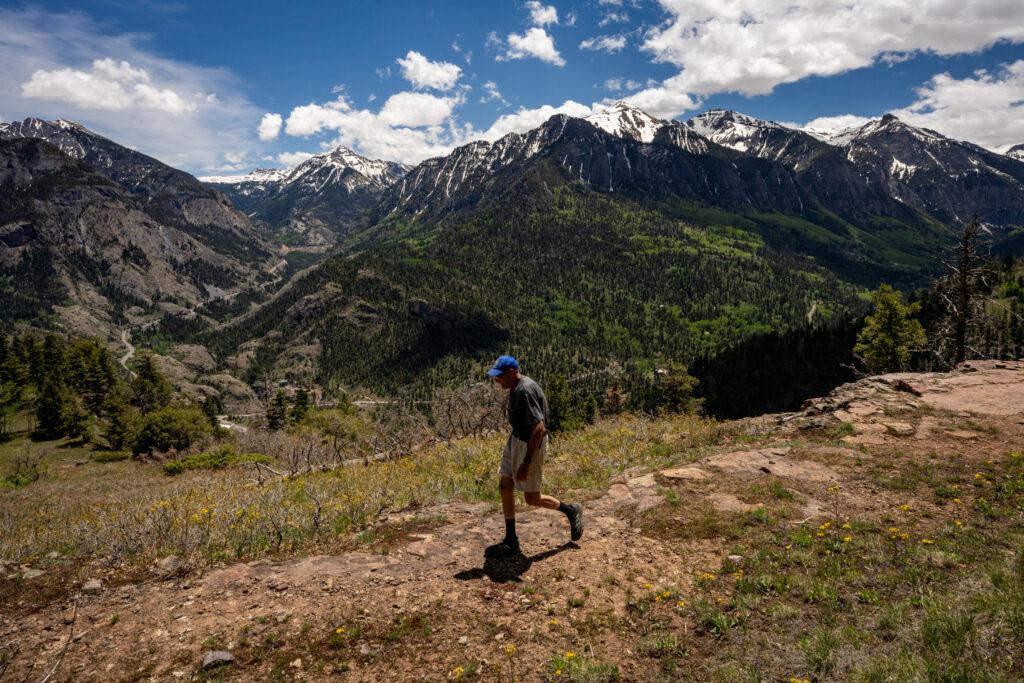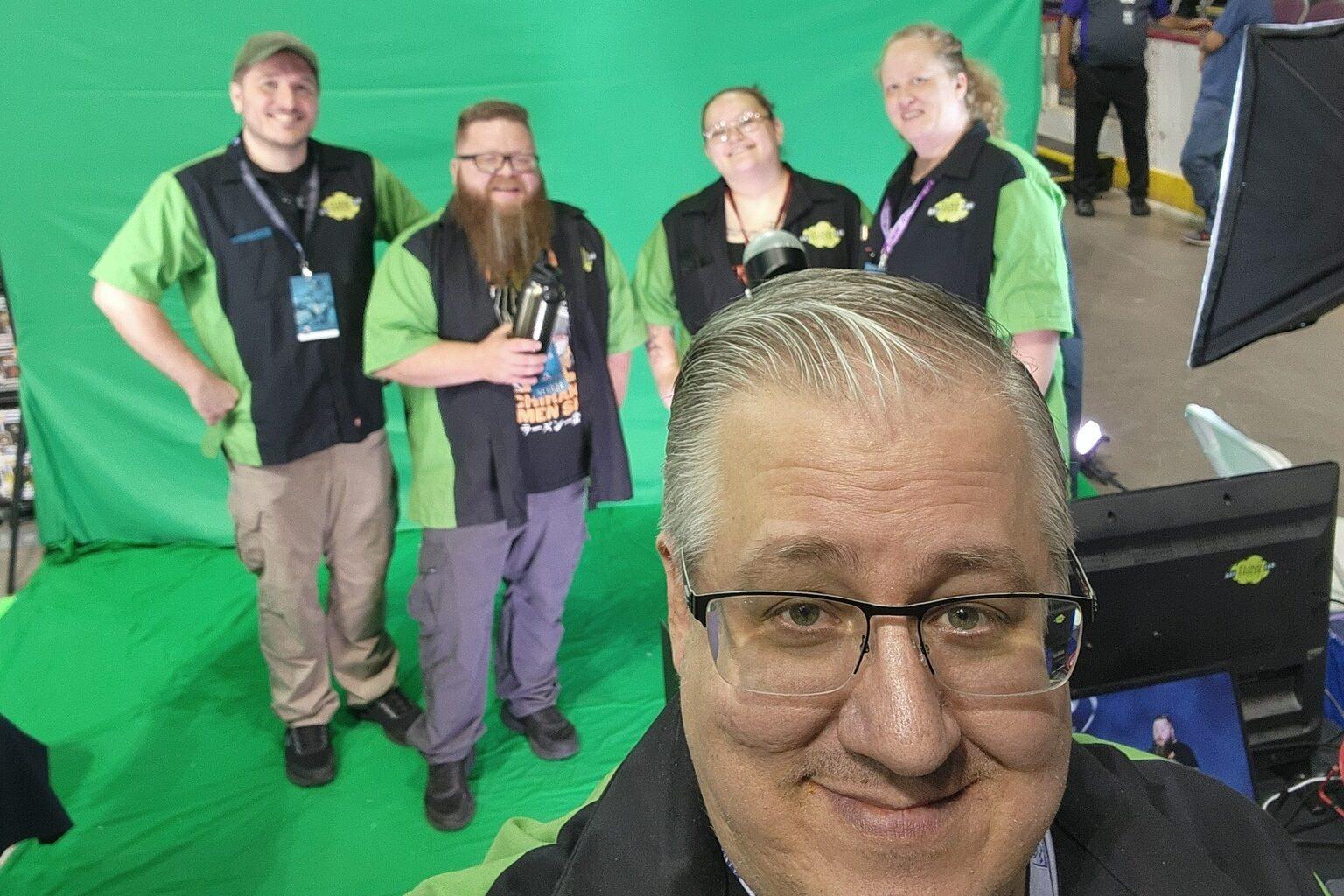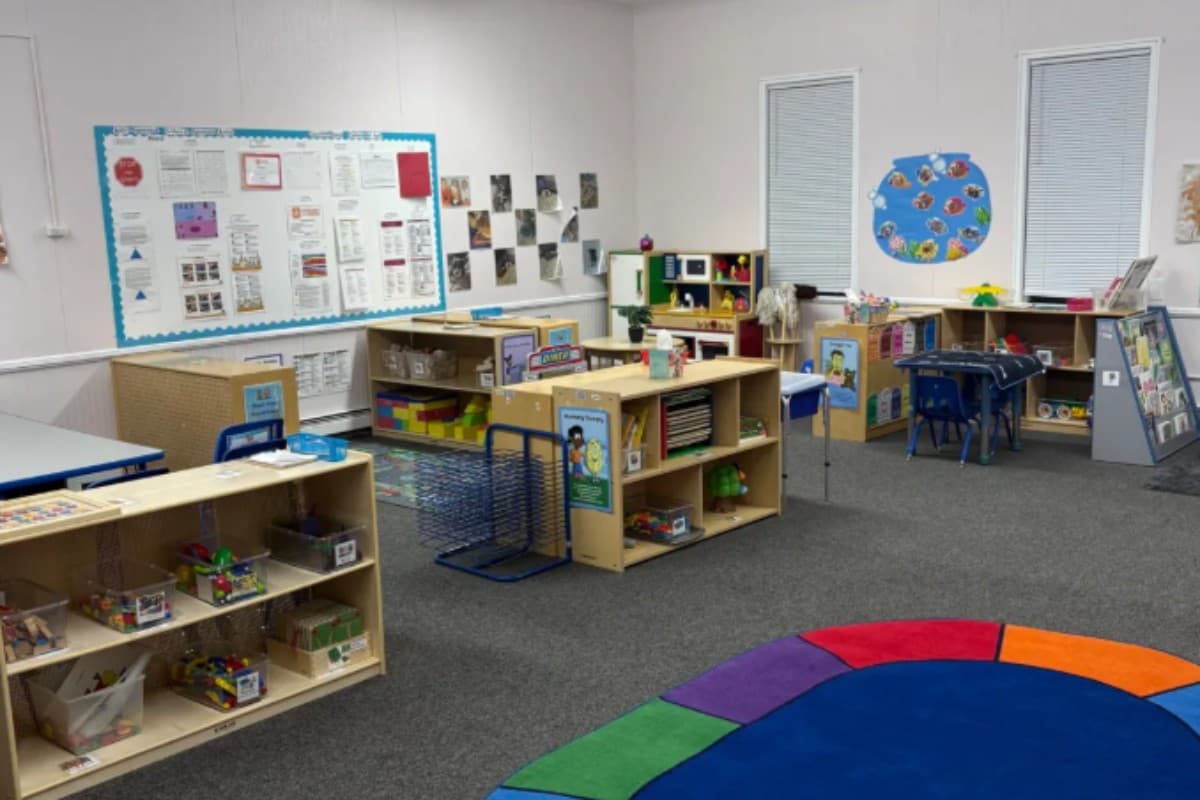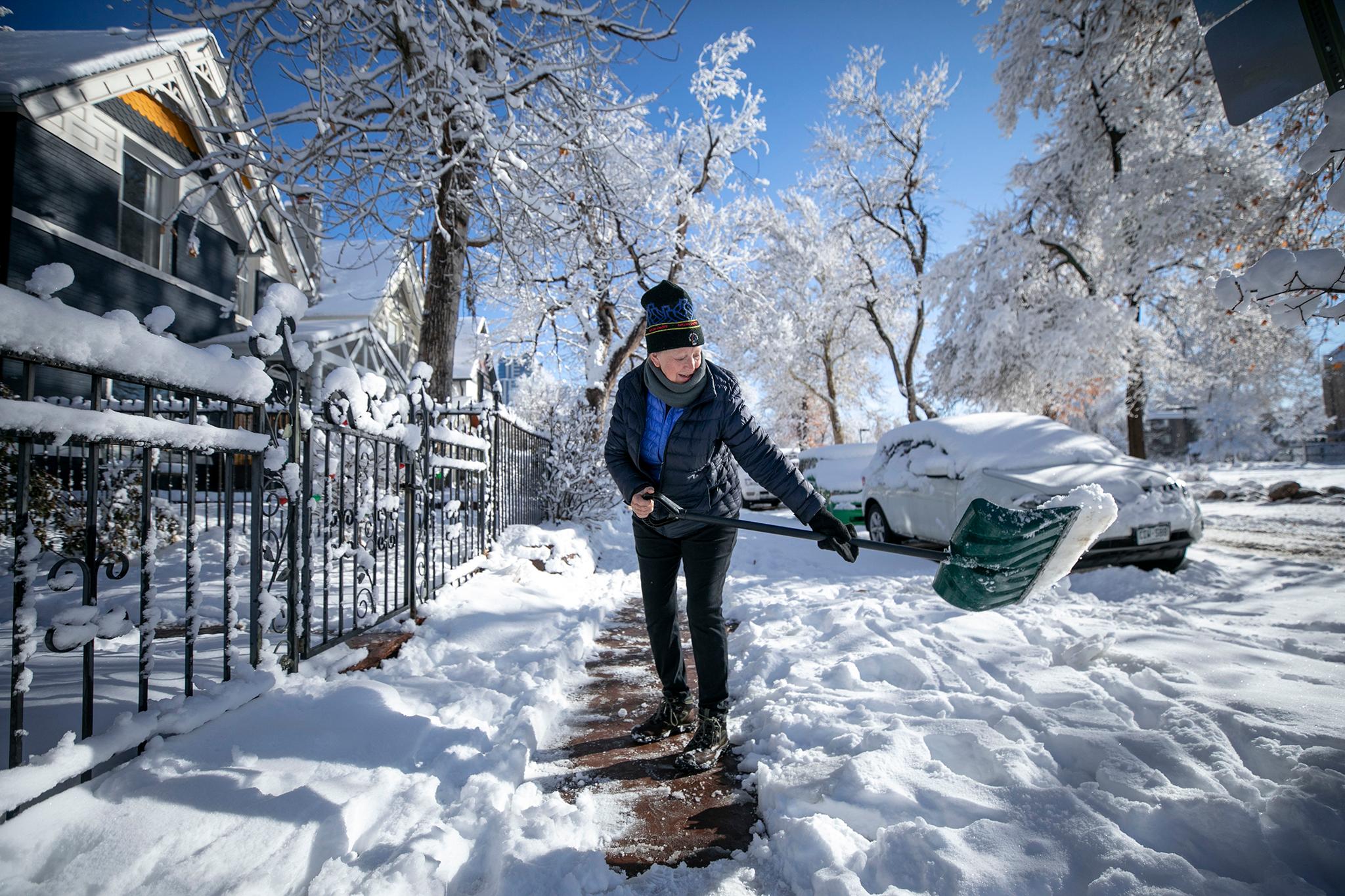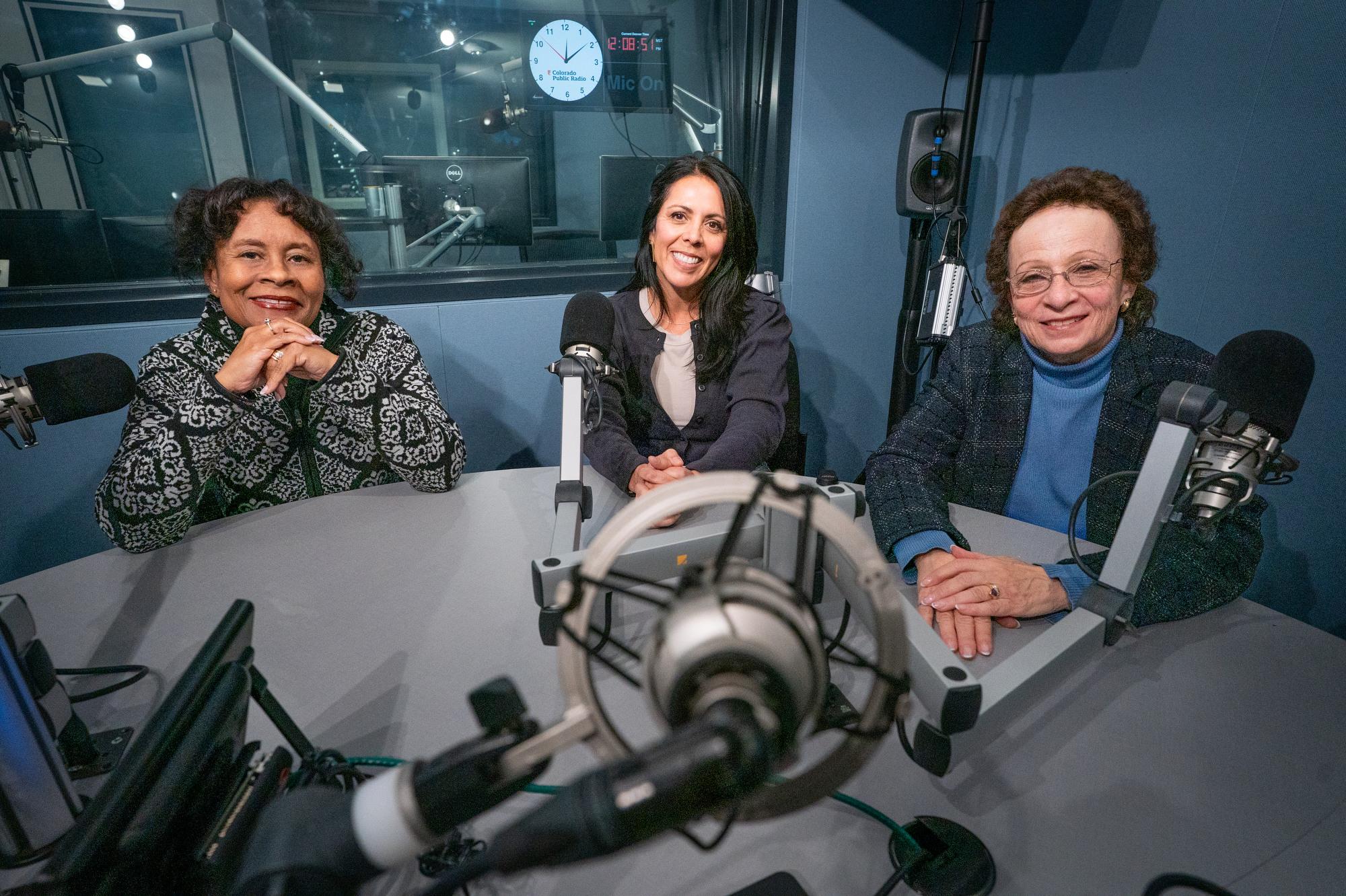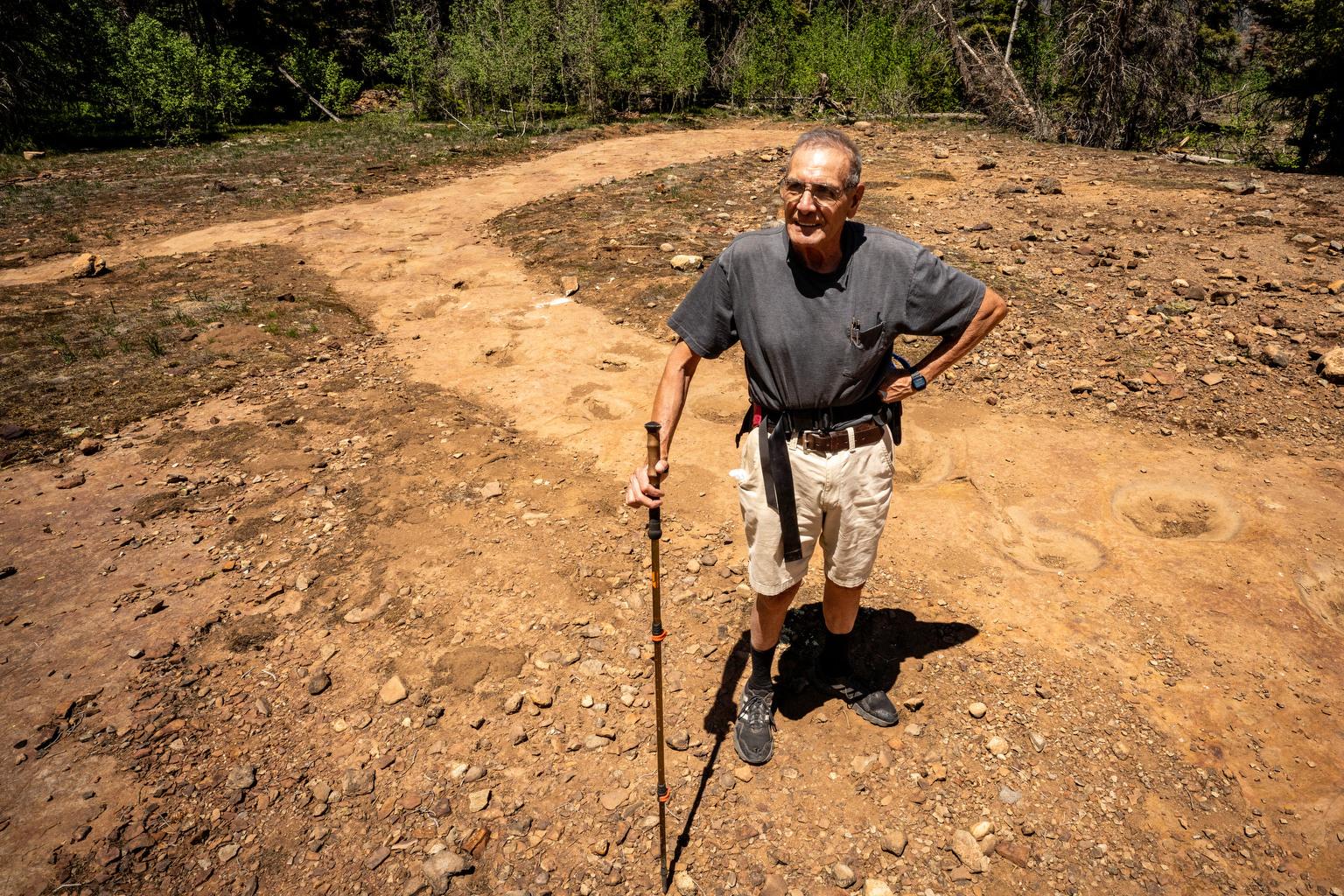
One prehistoric day, researchers say a dinosaur longer than a school bus stomped through a squishy river bed. Somehow, its footprints remained, frozen in time as the Rocky Mountains rose beneath them and the dinosaurs went extinct.
Now, more than 150 million years later, the public can officially follow the dinosaur’s path, the longest continuous dinosaur trackway in the world, high above the small mountain town of Ouray.
While the footprints only became public knowledge in recent years, they were actually discovered more than six decades ago, not by paleontologists — but by a group of local boys looking for adventure.
Rick Trujillo, now 76, was only 10 years old when he and his friends were scooted outside by their parents, told to go play and not to return for hours. After canvassing the town, the boys explored the spider web of rough trails surrounding Ouray.
That’s how the boys stumbled across what looked like a series of potholes that seemed too evenly spaced to be the result of random erosion.
“So we said, ‘Those have to be dinosaur tracks!’ And turns out we were right long, long ago,” said Trujillo, laughing.
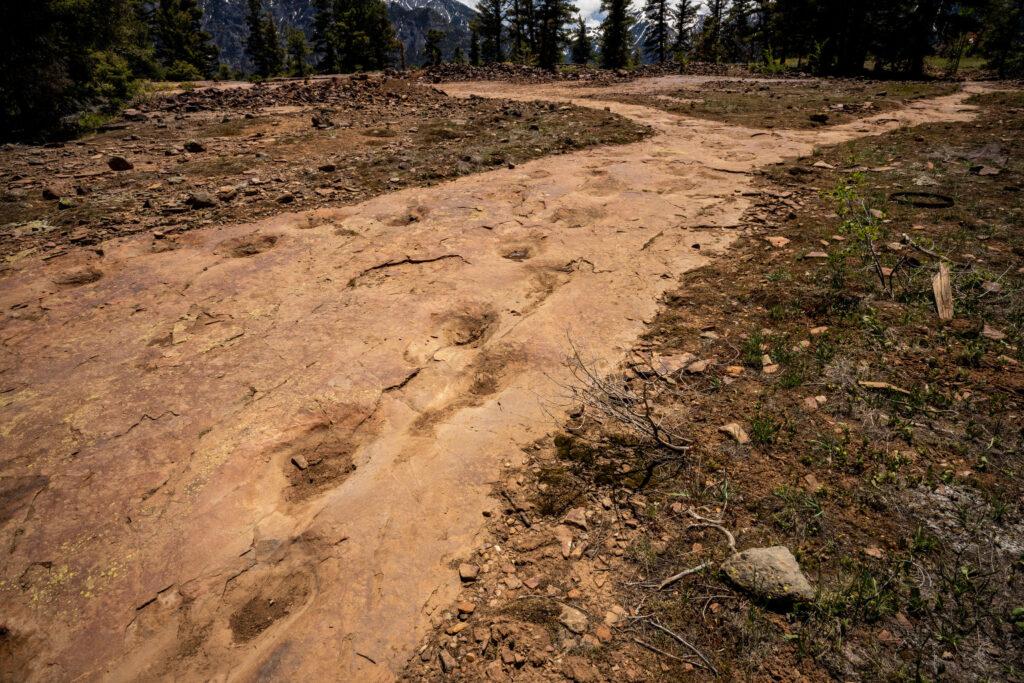
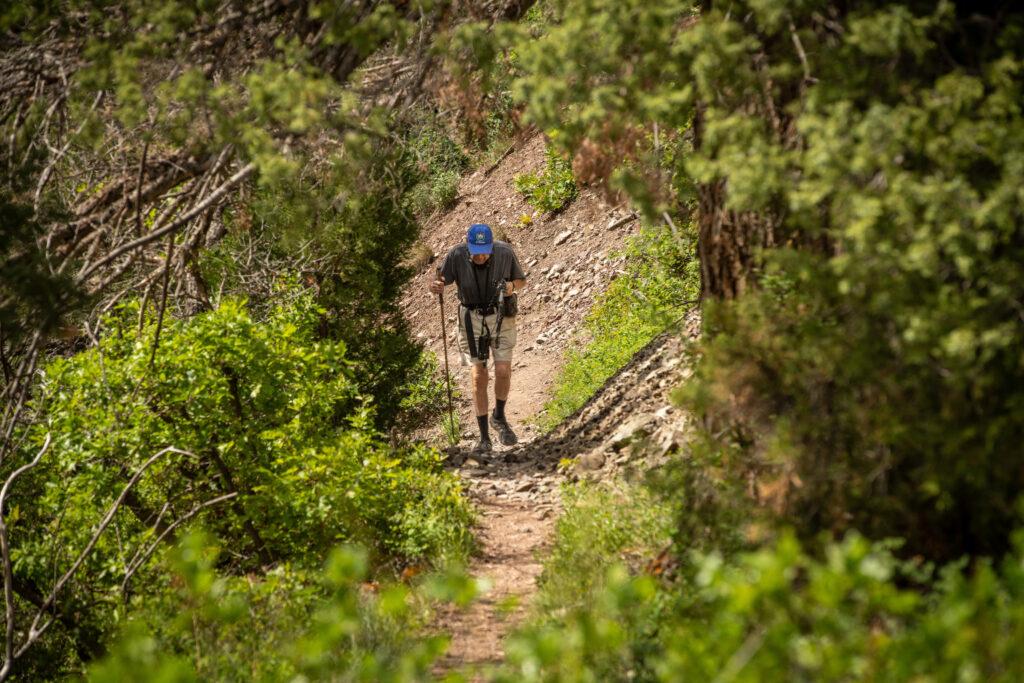
A mountain of paleontological riches
On a bluebird Colorado morning, Trujillo acted as a trail guide for me and someone who knows exactly how precious this dino find is, Julia McHugh, the director of Paleontology for the Museums of Western Colorado.
She’d just driven two hours and still looked jazzed.
“I'm here today to see some amazing dinosaur tracks!” she said, explaining that the Colorado site is one of the only such trackways in the world with a 270-degree turn — a big deal in the paleontology community.
The tracks are a marvel that makes dino fans work hard to experience for themselves.
The Silvershield Trail starts in a quiet neighborhood near downtown Ouray. The trek is only two miles up, but a lot of the trail is straight up. The path is a steep luge, littered with tiny, hiker-sliding rocks. It’s also gorgeous, with spruce, pine and juniper providing sporadic shade and vibrant wildflowers popping through tufts of grass.
As bird song swallowed up the highway noise, the scenery became more lush and alpine during the ascent. McHugh and I took several breaks, while Trujillo waited around, humoring us and helping me — four months pregnant — up the steepest grades. A former winner of the Hardrock Hundred Mile Endurance Run, he wasn’t even winded and told us he’s been on this trail hundreds of times.
“I guess I know it as well as the streets of Ouray because I've been hiking it most of my life,” he said.
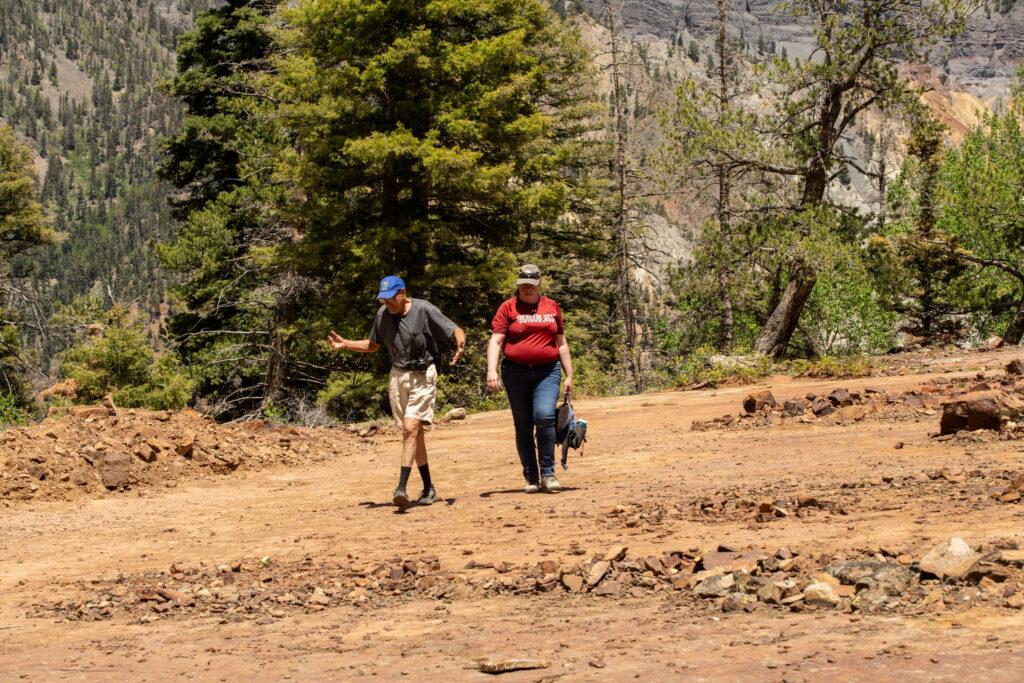
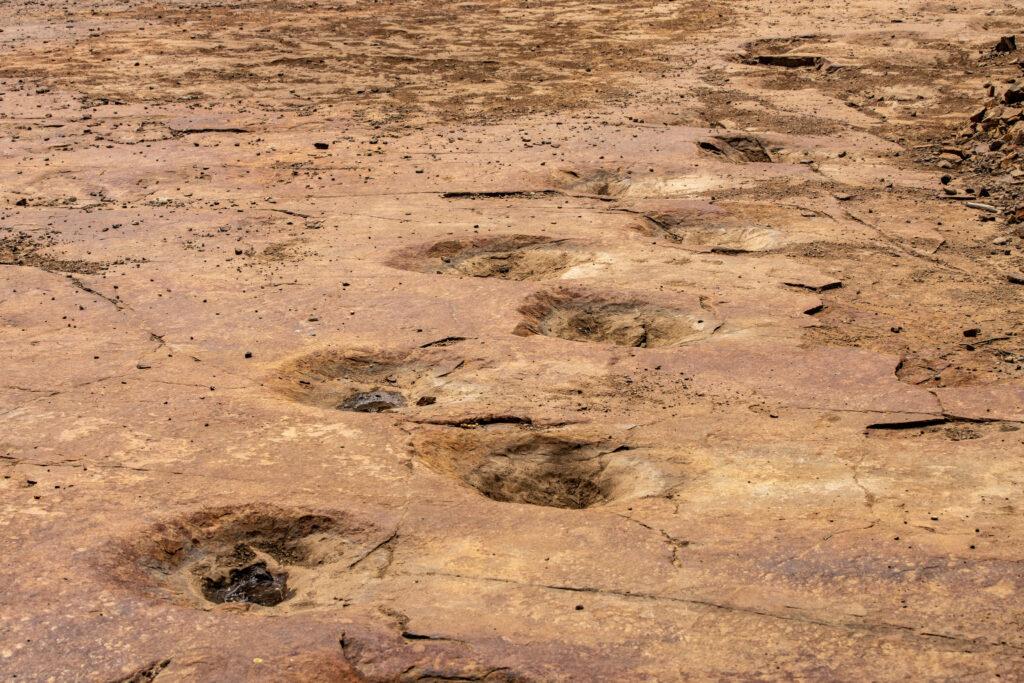
After discovering the tracks with his friends that day in 1958, Trujillo visited the tracks often. About a decade ago, he decided to start digging them out, to see how many were hiding under the blanket of pine needles and moss. Trujillo wasn’t sure who owned the land and never alerted government officials to the tracks, worried that attention and red tape might keep him from being able to visit the site again.
Trujillo only told one other person about the trackway’s existence, a professor from Fort Lewis College, about two hours away in Durango.
Slowly, however, word got out.
In 2020, former Ouray resident Anita McDonald got a shocking letter: Dinosaur tracks had been found on her family’s land, and a researcher wanted to know if he could study them.
“I had no idea that they were there! No one else in the family had any idea either,” she said in a phone call from her home in Ohio.
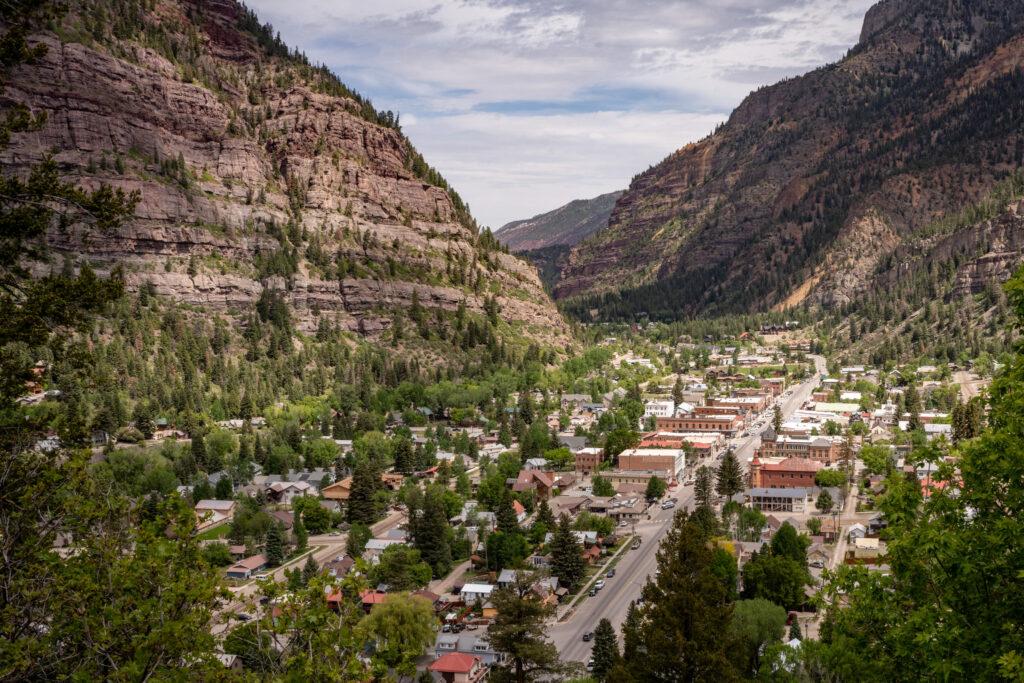
McDonald and her family spent much of their summers on these few tucked-away parcels of land. For her father, Jack Charles, this was his special place, which he always hoped to mine — and strike it big.
“There's riches on the mountain,” McDonald said. “It just wasn't in precious metals, it just turned out to be in paleontology.”
McDonald thinks her dad would approve of the family selling the land to the U.S. Forest Service in April 2024 and hope the public enjoys the new West Gold Hill Dinosaur Track — and doesn’t “screw it up.”
Prehistoric craters, preserved
Nature has fossilized the track in a sturdy mix of sandstone and quartz and the prints now are federally protected. The trail's gnarliness may also help keep them safe. Even after the pathway to the site levels off a bit, it’s precariously narrow and knee-shakingly high. Trujillo, who’s used to scrambling up quickly, had the longest hike to the tracks of his life — just shy of three hours — while McHugh and I slowly made our way up to the spot, more than 9,000 feet in elevation.
As a flat expanse of reddish rock came into view, McHugh let out a joyful shout.
“Here we are!” Trujillo proclaimed.
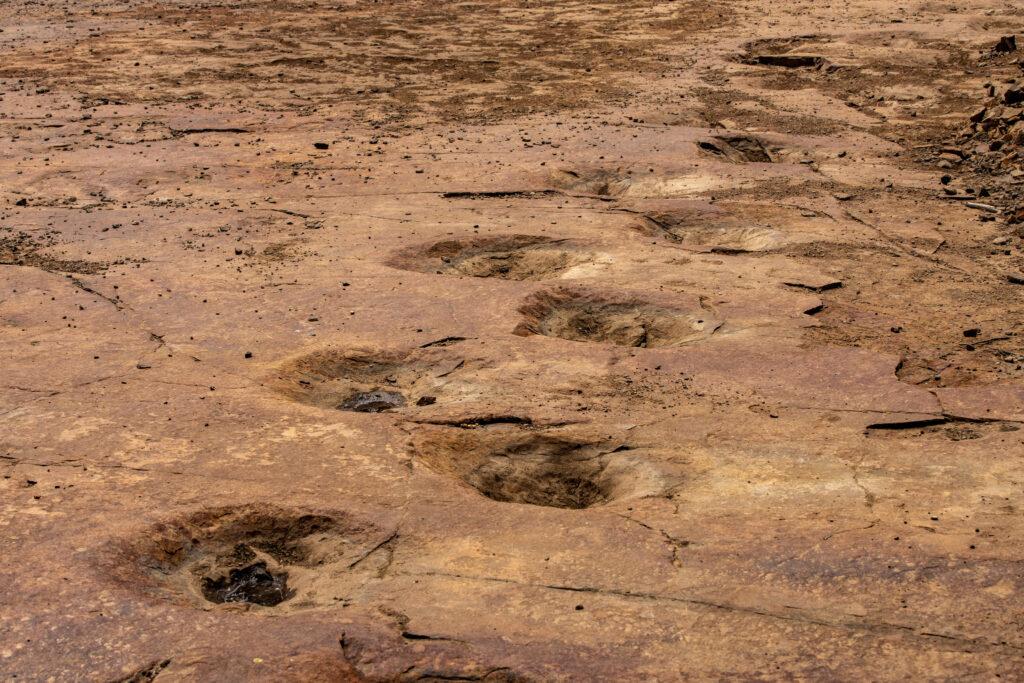
The track site contains 134 consecutive prints, amorphous bowls in the rock making what looks like a cursive “L.” As we stood there, a few other hikers peered into the prehistoric craters that, for decades, only Trujillo and his childhood friends knew about.
“I'm astounded how people seem to be interested and they make the effort to come up to see them,” he said, chuckling.
But the tracks’ popularity doesn’t surprise McHugh, the paleontologist. Standing there, finally seeing these tracks is “wonderful,” she said.
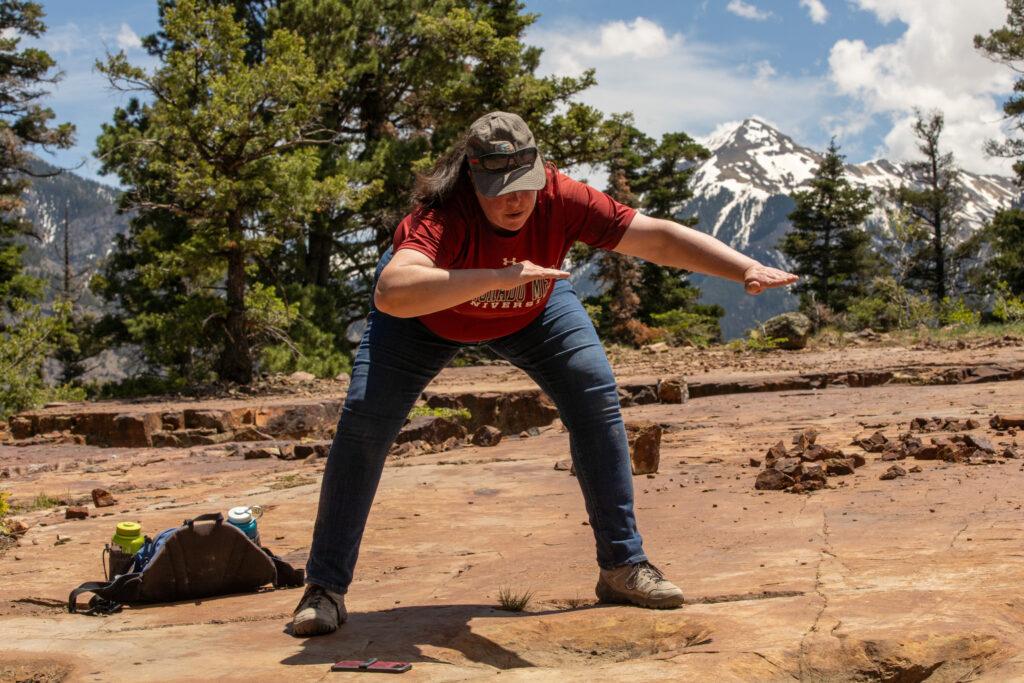
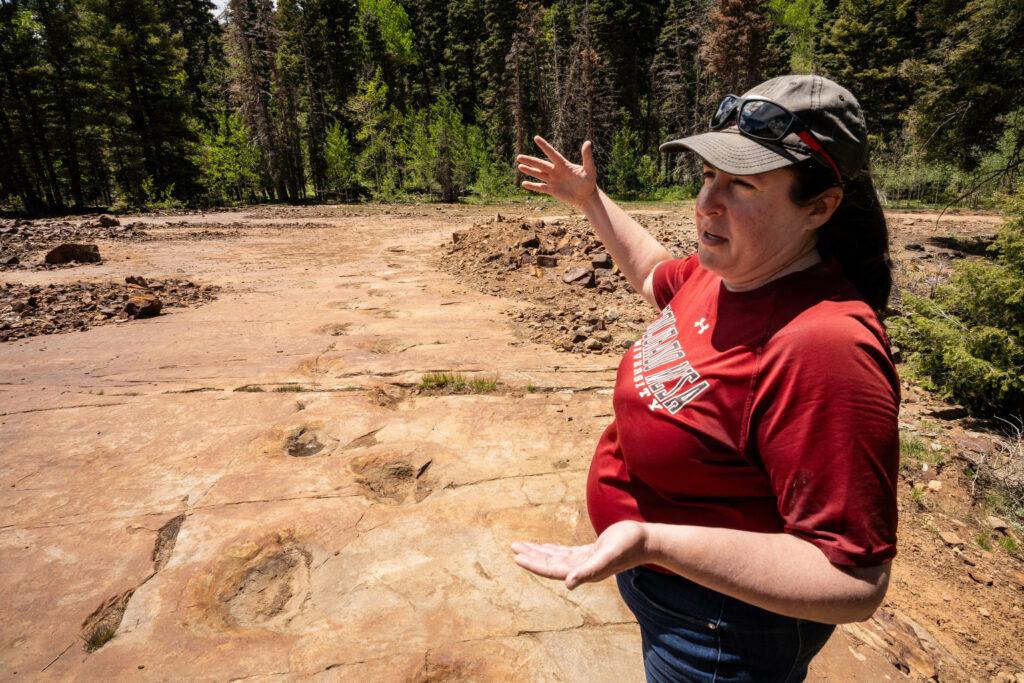
For as long as humans have known about dinosaurs, they’ve captured our imagination, occupying a space between history and legend.
“They push the bounds of what's physically possible for an animal to be,” she said, “how big it can be, how ferocious, how scary it can look.”
McHugh doesn’t know what kind of dinosaur made the tracks, only that it was a sauropod, plant-eating with an elongated neck and a body at least 50 feet long. She thinks that mystery is part of the draw to this lonely, steep mountainside: The public gets to imagine the giant beast that once lumbered through this very spot.
The proof of its long-ago life is now only a hike away — albeit a tough one.
